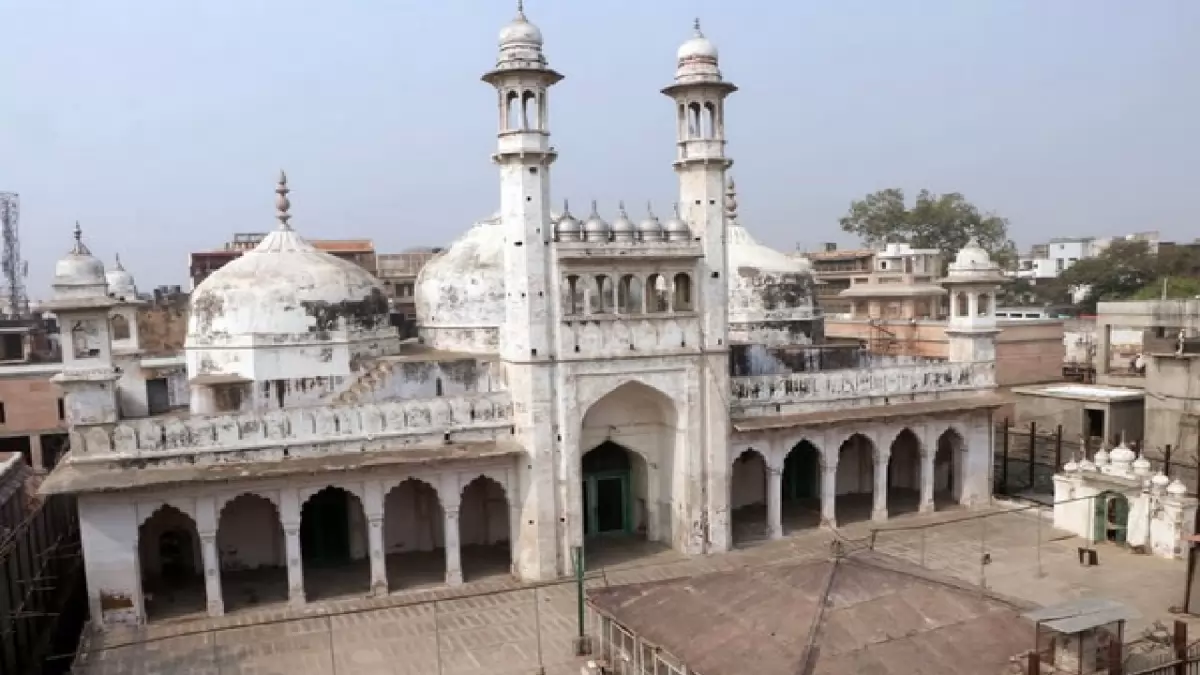
ANI
Gyanvapi Case: In a significant development in the Gyanvapi Masjid case, Advocate Vishnu Shankar Jain, representing the Hindu side, asserts that the Archaeological Survey of India's (ASI) survey report reveals traces of a substantial Hindu temple predating the mosque's construction. The alleged findings, including reused pillars and inscriptions in various scripts, if true, present compelling evidence, reshaping the narrative surrounding the historic site.
According to Advocate Vishnu Shankar Jain, the ASI's meticulous survey discloses that portions of a preexisting Hindu temple, notably pillars and plasters, were methodically studied. These architectural elements were then repurposed in the expansion of the mosque and the construction of Sahan. The examination further indicates that these features were originally part of a Hindu temple, supporting the claim of the temple's existence before the mosque.
Jain asserts that the present western wall of the mosque is identified as an integral part of the pre-existing Hindu temple. The ASI's conclusive finding suggests the existence of a substantial Hindu temple before the mosque's construction, shaping the ongoing legal discourse.
Highlighting the survey's detailed observations, the lawyer states that sculptures of Hindu deities and architectural components were discovered buried under the soil. The existing architectural remnants, intricate mouldings, decorated gates, and mutilated images indicate that the western wall retains remnants of the Hindu temple. The Arabic Persian inscription mentioning the mosque's construction during Aurangzeb's reign places the destruction of the preexisting structure in the 17th century.
Advocate Jain discloses that the ASI's survey uncovered 32 inscriptions in Devanagari, Grantha, Telugu, and Kannada scripts. These inscriptions, found on the stone of the preexisting Hindu temple, were repurposed during the mosque's construction and repair. The inclusion of deity names such as Janardana, Rudra, and Umeshwara in the inscriptions reinforces the historical significance of the site.
The ASI initiated the survey following a district court order in July last year, aiming to determine whether the mosque was built atop a pre-existing Hindu temple structure. The recent ruling by district judge A K Vishvesh mandates the sharing of the ASI survey report with both the Hindu and Muslim parties involved in the case.
The revelations from the ASI survey, as presented by Advocate Vishnu Shankar Jain, introduce compelling evidence in the Gyanvapi Masjid case. The findings contribute to the ongoing legal discourse, shedding light on the historical layers of the contested site and redefining its significance.





Copyright © 2025 Top Indian News
